An Interpretation of the Great Gatsby from the Perspective of Feminism
DOI: 10.23977/langl.2025.080103 | Downloads: 137 | Views: 1741
Author(s)
Xiaowen Yu 1
Affiliation(s)
1 Qufu Normal University, Lucheng Street, Qufu, China
Corresponding Author
Xiaowen YuABSTRACT
F. Scott Fitzgerald (1896-1940), the renowned American novelist of the 1920s, is often hailed as the spokesman and laureate of the "Jazz Age." His masterpiece The Great Gatsby is considered a classic of American literature, widely discussed for its theme of the disillusionment of the American Dream. However, feminist interpretations of the novel remain relatively scarce. This thesis attempts a feminist re-reading of The Great Gatsby, exploring the depiction of female characters and their societal implications. Although Fitzgerald creates a "romance of money" in The Great Gatsby, the women in the novel are generally portrayed as secondary to the men, with negative characterizations, especially Daisy, who is often seen as the embodiment of emotional passivity. This paper applies feminist literary criticism and close reading to analyze the patriarchal consciousness of the narrator, Nick, and his misogynistic views toward female characters. By reinterpreting Daisy, the study deconstructs Nick's patriarchal narrative, arguing that Daisy is not a perpetrator, but rather a victim of Gatsby's American Dream. Furthermore, the negative portrayals of women in the novel reflect both the societal gender norms of the time and Fitzgerald's own views on women.
KEYWORDS
Fitzgerald, Feminism, Patriarchal Ideology, MisogynyCITE THIS PAPER
Xiaowen Yu, An Interpretation of the Great Gatsby from the Perspective of Feminism. Lecture Notes on Language and Literature (2025) Vol. 8: 17-23. DOI: http://dx.doi.org/10.23977/langl.2025.080103.
REFERENCES
[1] Yixin Zhang. (2022). The Lost Generation of American Literature in the 20th century—Take The Great Gatsby and The Sun Also Rises as examples. Academic Journal of Humanities & Social Sciences (9. 0).
[2] Junshuang Wang. (2024). An analysis of female characters in The Great Gatsby from the perspective of feminist. Academic Journal of Humanities & Social Sciences(10).
[3] Fitzgerald, F. S. (1996). This side of paradise. Everyman's Library; Knopf Doubleday Publishing Group; Random House, Inc.
[4] Bruccoli, M. J. (2002). Some sort of epic grandeur: The life of F. Scott Fitzgerald. University of South Carolina Press.
[5] Bryer Jackson R., Prigozy Ruth, Stern Milton R., Stern Milton R., Balkun Mary McAleer & Inge M. T. (2012). F. Scott Fitzgerald in the Twenty-First Century. The University of Alabama Press.
[6] Wenyi Qian. (2024). The Advantage of the Narrator in the Great Gatsby. Lecture Notes on Language and Literature (8).
[7] Yuqing Lu. (2022). A Feminist Perspective on the Inevitability of the Fate of Tragic Women in The Great Gatsby. Frontiers in Art Research (10. 0).
[8] Maggie Gordon Froehlich. (2011). Gatsby's Mentors: Queer Relations between Love and Money in the Great Gatsby. The Journal of Men's Studies(3), 209-226.
[9] Sanabil A. Suleiman & Kamal H. Hussein. (2024). Multimodal Representations of the American Dream Theme: A Comparative Analysis of The Great Gatsby in Film and Novel. Theory and Practice in Language Studies(11), 3424-3430.
[10] Gabriela Tucan. (2024). Zelda Fitzgerald in Love and Madness: Her Letters to F. Scott. Romanian Journal of English Studies (1), 69-78.
[11] Yu Yaoye. (2021). The Great Gatsby: Feminism in the Jazz Age. Journal of Sociology and Ethnology(1).
| Downloads: | 48830 |
|---|---|
| Visits: | 929048 |
Sponsors, Associates, and Links
-
Journal of Language Testing & Assessment
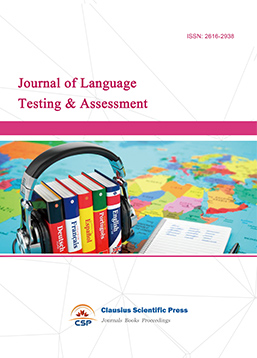
-
Information and Knowledge Management
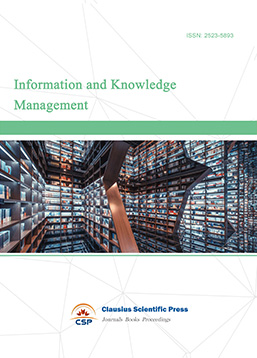
-
Military and Armament Science

-
Media and Communication Research
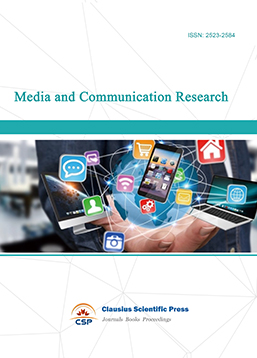
-
Journal of Human Movement Science
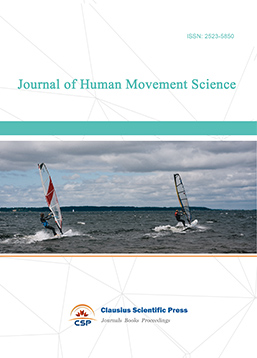
-
Art and Performance Letters
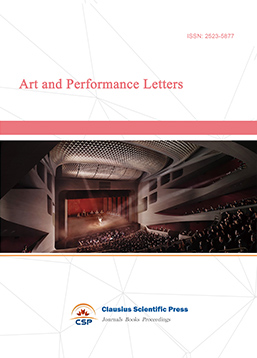
-
Lecture Notes on History
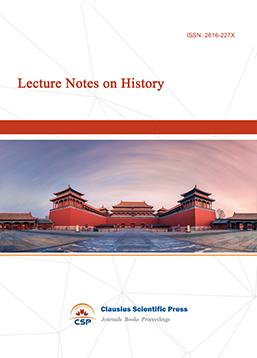
-
Philosophy Journal
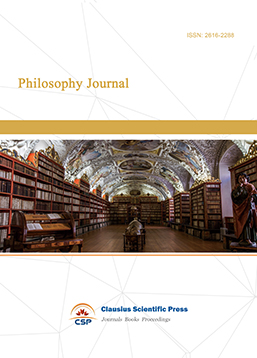
-
Science of Law Journal
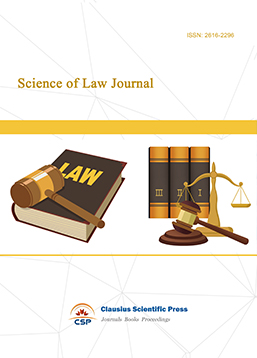
-
Journal of Political Science Research
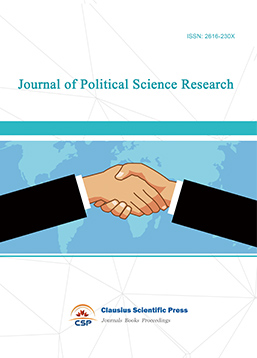
-
Journal of Sociology and Ethnology
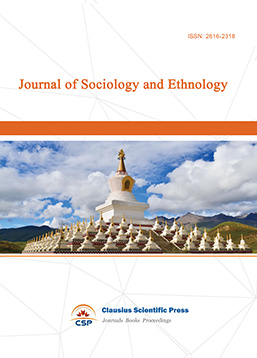
-
Advances in Broadcasting


 Download as PDF
Download as PDF